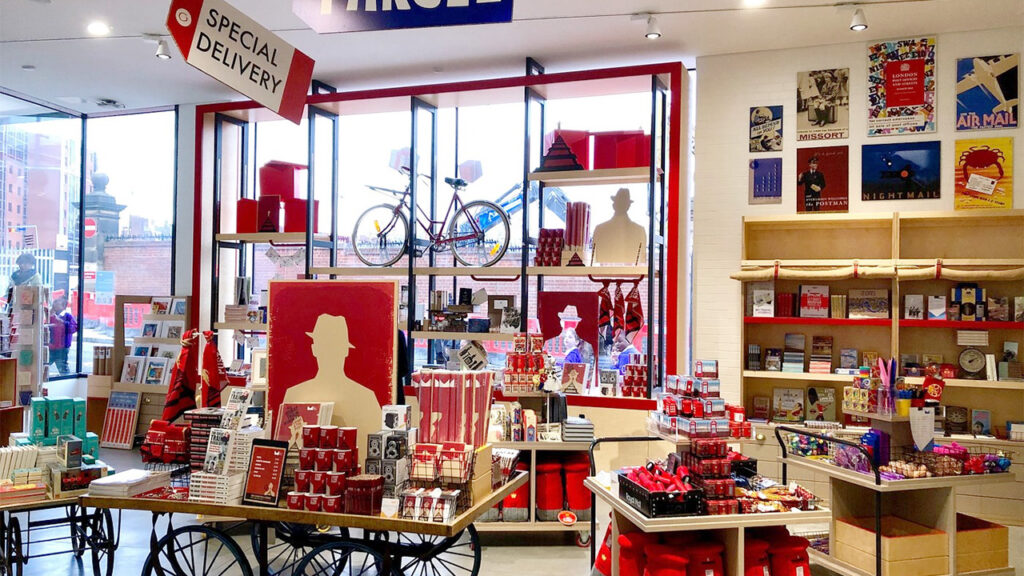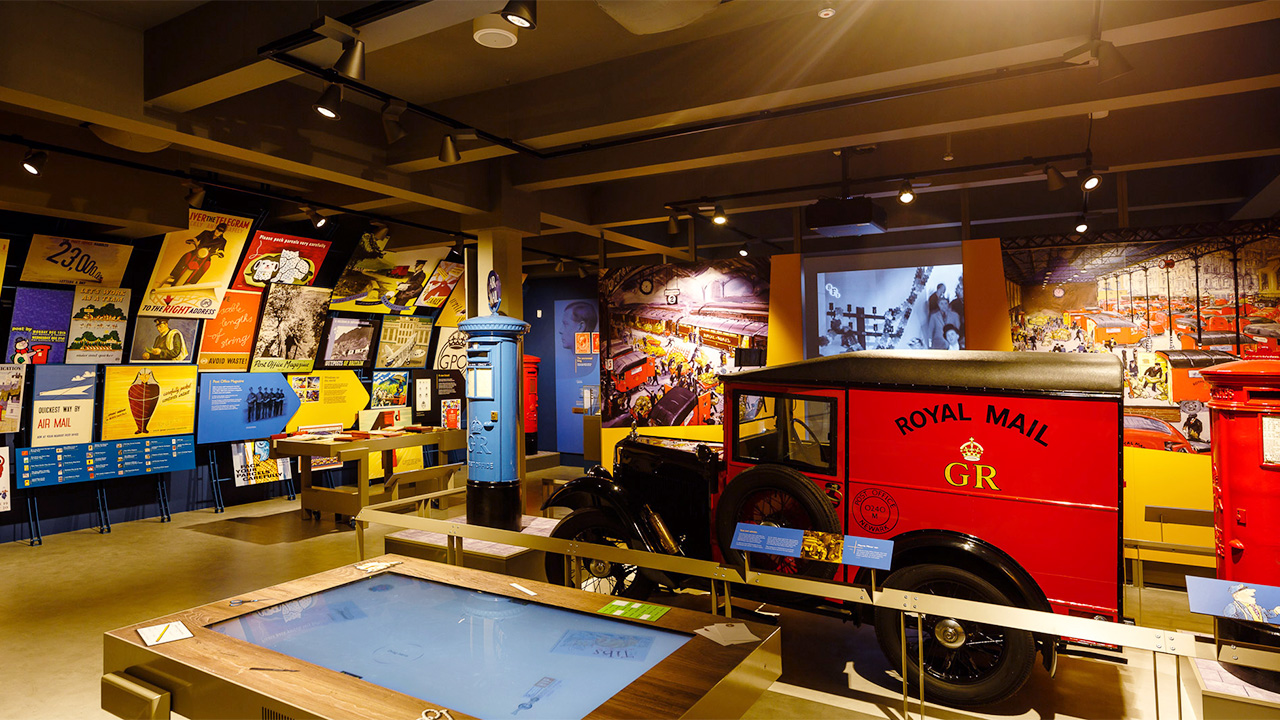Since 2017, London’s Postal Museum has been home to more than 60,000 objects chronicling the country’s centuries-old communications heritage, but also, a gift shop that comes fittingly well-stocked with postcards, stationery, books on postal history, and Royal Mail Post & Go stamps. No humble museum store, though, it received a tech boost in 2019 in the form of artificial intelligence-enabled (AI) devices that monitor and predict visitor flow to help optimize staff allocation. The upshot? A 97 percent spike in shop revenue per visitor, according to Culture Hint, the company behind the optimization software.
Certainly, AI has already made itself known in the museum realm: it’s assisting in conservation projects, tracking visitor behaviors throughout galleries, and enhancing the exhibition experience. But for Cesare Fialà, who co-founded Culture Hint in 2019, “what is really key,” he tells Jing Culture & Commerce, “is how do you improve operations in a way that has a positive return-on-investment for the museum?” It’s this practical approach that thoroughly informs the company’s offerings that besides capturing insights on visitor numbers, provides forecasts of crowd patterns to facilitate better staff rota planning and visitor care.

“The most widely used tool at the moment for planning in the museum sector is gut feeling,” says Culture Hint’s Cesare Fialà. “That’s the tool that we had to compete against.” Image: Tripadvisor
Museum retail, in particular, stands to benefit from such optimization. For the Postal Museum, which wanted to increase revenue per head at its store, Culture Hint uses computer vision to record visitor flow before a forecasting algorithm rolls out daily suggestions for staff deployment to maximize conversion. “Whether there were a ton of people or very few visitors in the shop, they always had the perfect amount of staff,” says Fialà. “The service level started to be consistent, regardless of the visitor flow.”
Fialà is due to discuss Culture Hint’s work with the Postal Museum at the upcoming MUZE.X conference, taking place between October 18 to 20 at the University of Malta. Before that, he spoke to Jing Culture & Commerce about the potential for AI-assisted forecasting tools to improve institutions’ operations and revenue.
What were some gaps you noticed in the museum sector that prompted you to launch Culture Hint?
The most widely used tool at the moment for planning in the museum sector is gut feeling. That’s the tool that we had to compete against. The sector as a whole is not proactive in terms of technology, especially for operations. It’s really a giant lack of technology adoption, so we might as well accelerate that. Culture Hint deals mainly with operations, which includes visitor services, security, and retail — all these teams are not seeking innovations as they could. People often take it for granted that innovation will come from other sectors and eventually, yes, they will jump on the train as well, like five years later. But you can’t have that hypothesis because innovation doesn’t happen by itself.
Could you outline how AI is deployed in your services?
The definition that I prefer of AI is the capability of a software to perform human-like tasks. I don’t see AI as a specific way of doing things, but rather as a way of describing things that are done by a machine. In our case, we use artificial intelligence in all the three phases of our service: it first monitors, second, forecasts visitor flow, and third, optimizes the resources of our client according to the forecasts that have been made. Effectively, all three parts of the process use AI.

The Art Institute of Chicago was one of the earliest adopters of artificial intelligence, using AI-powered analytics at the 2015 exhibition Degas: At the Tracks On the Stage to gauge impact of smaller exhibits on attendance. Image: Art Institute of Chicago
How have museums responded to the idea of using AI in their operations?
So far, I’ve seen a very good response. Most of the time, the hard part is before you show them what you can do; there can be some skepticism. The issue is, how do you convince someone that can tell you that their museum has been managed by their expertise and gut feeling for the past 200 years? How do you convince them that all of a sudden, there’s a software program that knows better than they do how their visitors are going to behave? This is the challenge, but once you’ve shown them, it’s very easy for them to see that it works.
What has your work with Culture Hint taught you about how museums approach visitor tracking?
The one thing we see is that people are kind of afraid of changing their staff numbers from day to day, so most of the time, you either have too many staff members deployed on a certain position on a certain day or too few. It makes it very difficult for the staff to care about the visitors. But when there’s the right amount of staff members per visitors, you really start to click with them.
Besides forecast based planning, there’s a ton of other technologies that museums could adopt tomorrow on the operations side that can really double their existing revenues. So before embarking on some obscure project, I think that operational technology could be a very good starting point, especially coming out of the pandemic. And this is one of the reasons why we are seeing a lot of demand after the pandemic for Culture Hint’s offerings.
How is Culture Hint planning to evolve its products?
My objective in the future is to come out with a software solution that is completely automated so that we can offer it to micro museums and everyone can have it at a very popular price. There’s also a degree of customization that we want to do.
Another thing is we’re planning to expand heavily in the upcoming months into the UK, EU, and possibly the US in the next year. There’s half a million cultural venues worldwide; our mission is for everyone to use forecast based planning because this will come — it’s just a matter of how and when. Technologies in the museum’s content will come and go, but technologies on the operations and the management side of the museum itself are here to stay.



